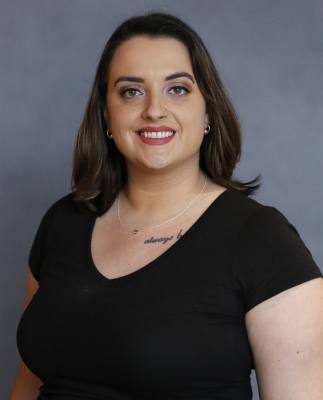Editor's note: This story was updated at 1:19 p.m. Aug. 9 to clarify the review period for ESSER plans; a previous version of the story incorrectly stated plans would be reviewed every six months.
Friendswood ISD will devote 75% of its third-round federal Elementary and Secondary School Emergency Relief funds to creating more than a dozen positions centered around addressing learning loss.
According to documents presented at a July 26 board of trustees meeting, the district submitted an asynchronous learning plan to the Texas Education Agency last summer, describing how FISD’s remote students would have full continuity of instruction. However, the district recognizes both in-person and remote learners were affected by the challenges of COVID-19, and wants to meet staff and students where they are mentally, socially and emotionally.
Approximately 75% of the ESSER III funding will go toward creating 13 new positions that will be focused on implementing evidence-based activities to meet the comprehensive needs of students. The educators in these positions will also be providing information to parents on effectively supporting their students.
The district expects to receive about $2.88 million in ESSER grant funding, per board documents. The plans for these funds will be reviewed every six weeks and updated as necessary.
Initial data gathering for the ESSER plan began earlier in the 2020-21 school year, as district and campus leaders were assessing progress and needs of in-person and virtual students, per board documents. District officials met with parent, student and teacher groups to properly assess need, and planning was also discussed publicly through board meetings in May, June and July. Information regarding federal grant funding and programming is also available on the district website with contact information for input and questions.
These new positions will work to address learning loss among all students, including those who are low-income; have disabilities; are English learners; are racial and ethnic minorities; are experiencing homelessness, and are in foster care, per board documents. Five of the positions will be interventionists; six will be instructional coaches; one will be a college and career specialist; and one will be a district behavior classroom teacher.
The remaining funds will be used for instructional software, professional learning and indirect district costs.
Interventionists will work directly with students who have an identified learning need. These needs will be spotted using classroom, districtwide and statewide assessments, per board documents. These interventionists will use evidence-based instructional tools to supplement each student’s learning and communicate with parents about ways they can support their learners, per board documents.
Instructional coaches will work directly with teachers on instructional strategies and curriculum development, reviewing the existing plans and adjusting as needed based on learning loss. Four of the coaches will focus on elementary mathematics, and two will focus across the four core subject areas with secondary teachers in grades six through eight.
The college and career specialist will be housed in the high school, but will serve sixth through 12th graders; the specialist will provide both students and parents with information about postsecondary opportunities including military-related career paths. The district behavior teacher will work with freshmen, sophomores, juniors and seniors needing more specialized instruction regarding academic and social behaviors, per board documents.
Nearly $250,000 will be spent on instructional software. The software will, in part, serve as a method of screening for student areas of need, as well as helping monitor student progress. Specific platforms were not identified in board documents, but they will provide students access to a broad spectrum of support for issues both in and out of school, per board documents.





